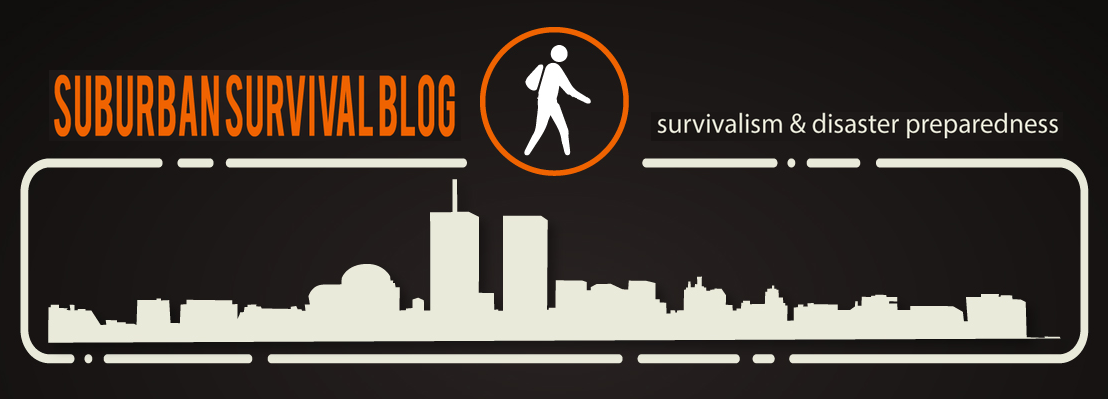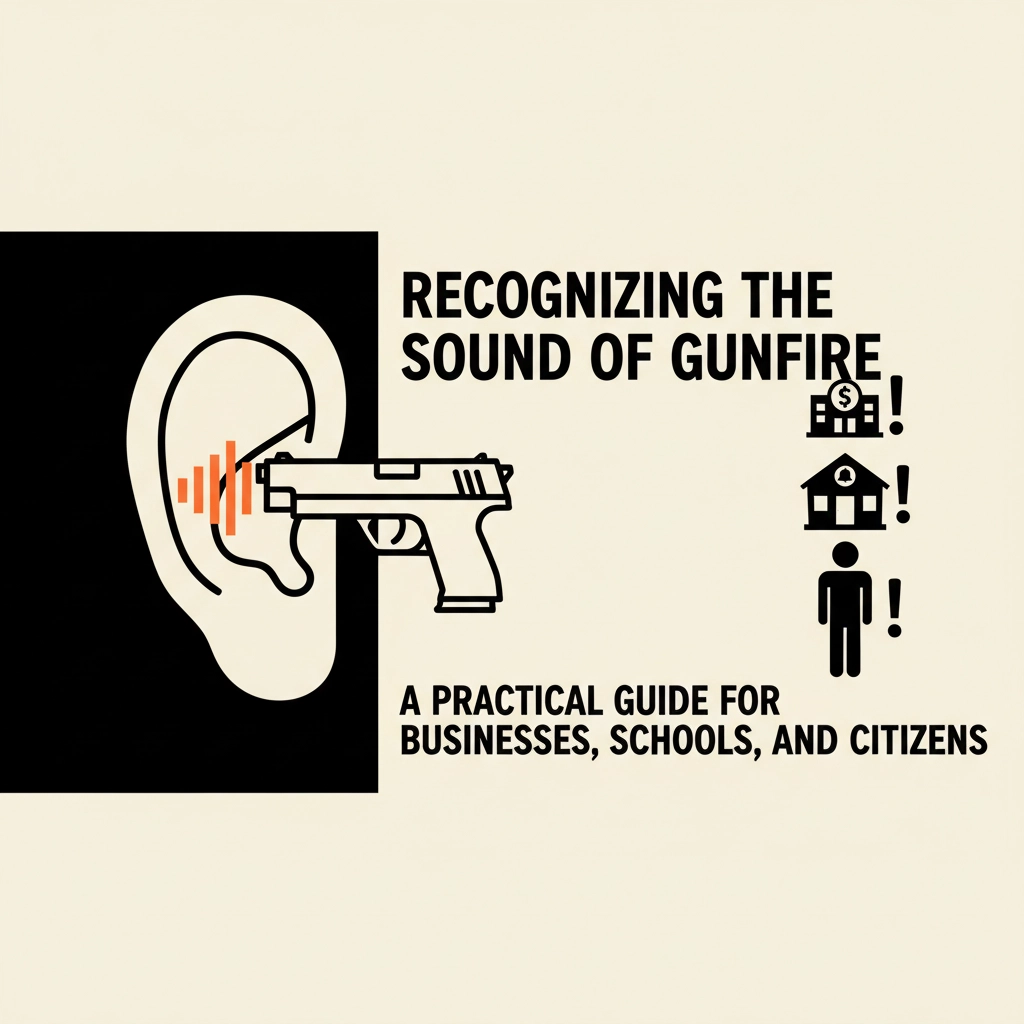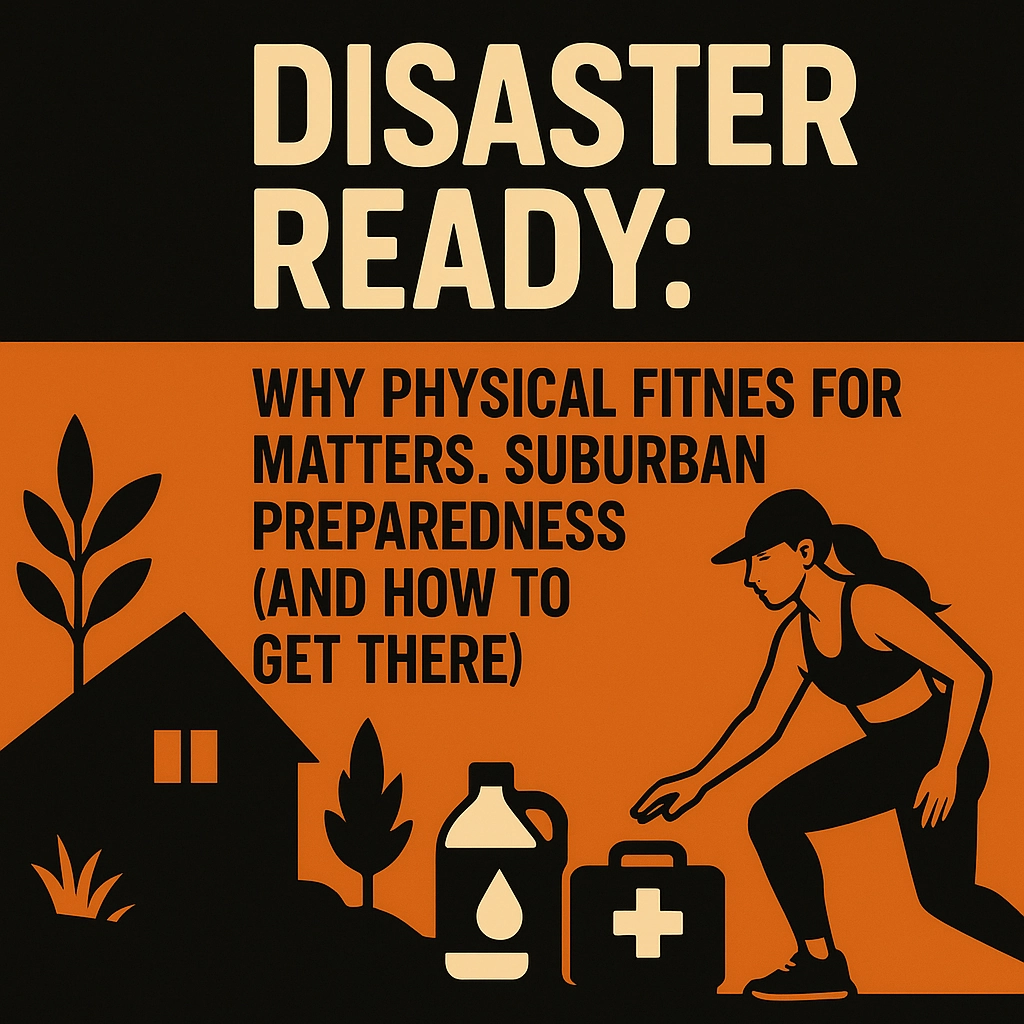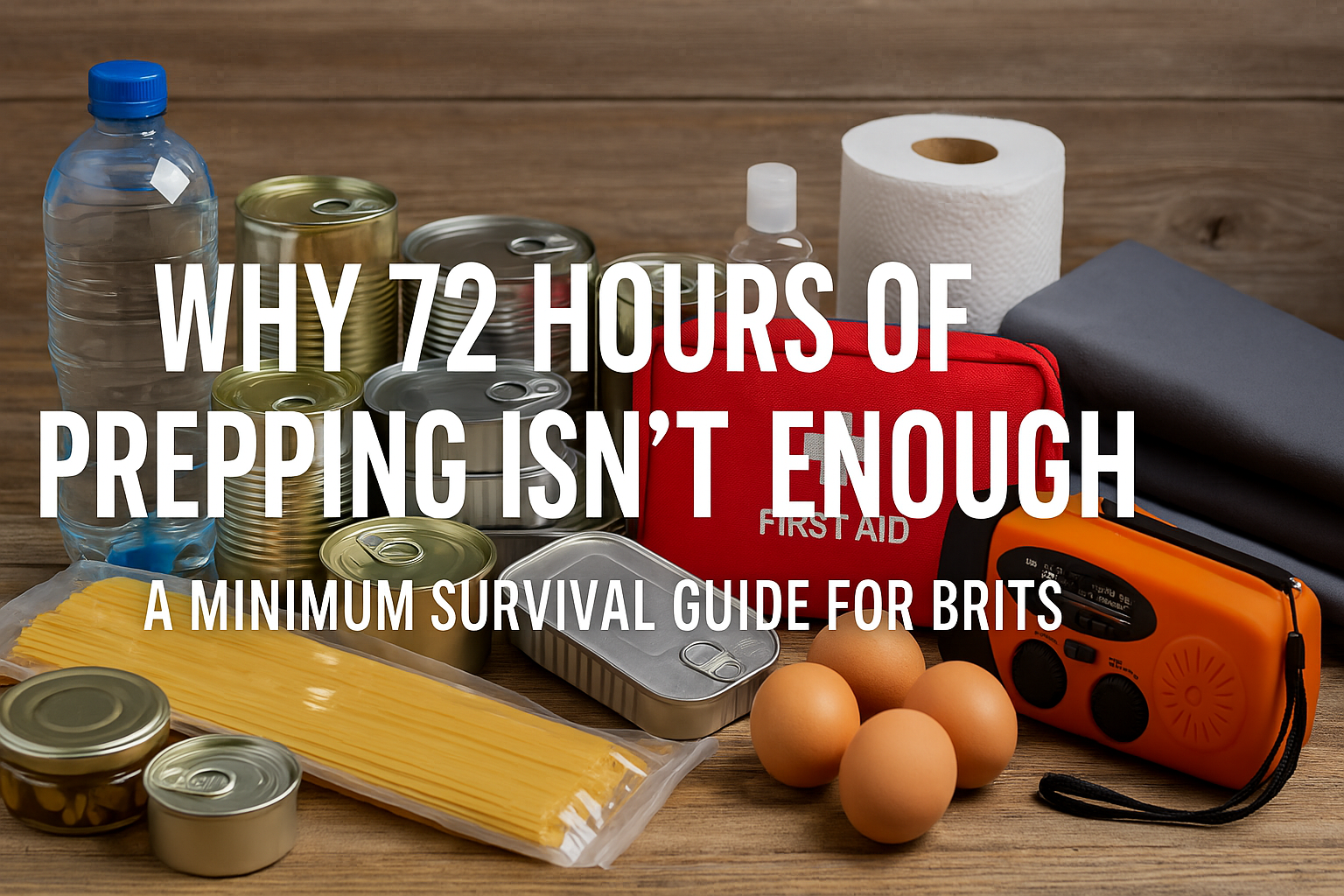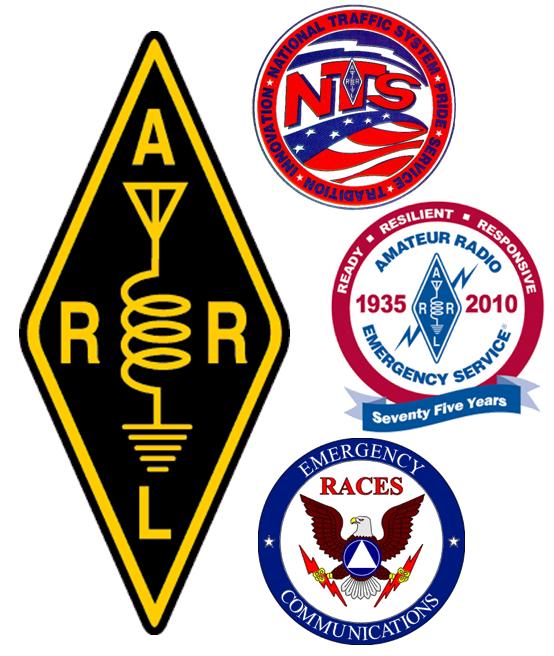
The National Traffic System (NTS) is a network of amateur radio operators around the country (there is similar operations internationally but with different rules) that in times of emergencies can rely brief messages into and out of a disaster location. Organizations such as the ARES (Amateur Radio Emergency Service) and RACES (The Radio Amateur Civil Emergency Service), under the coordination of groups like ARRL (Amateur Radio Relay League) and agencies such as FEMA as well as others, have organized the NTS.
Currently the NTS using ARES is composed of over 80,000 licensed amateur radio operators. The country is divided into areas from the national level down to the local area. Each year local ARES, RACE and other amateur radio groups perform simulated disaster drills that test (among other things) the use of NTS. These drills are almost always public events and are a great way to learn more about amateur radio as well as learn about the disaster planning of your community.
Even without disasters the NTS operates 7 days a week, 365 days a year. “Nets” are scheduled daily or weekly in each area to exchange messages (incoming and outgoing). With the more recent advent of digital messaging via ham NTS messages can be sent to some areas 24/7. In normal situations NTS carries “routine” messages from people such as general greetings, well wishes, non-emergency notices etc. But when a disaster comes the NTS can be the only way to get a message into or out of the effected zone.
The NTS is free to use. Your local ham club is almost certainly a member or at least can direct you to an amateur operator who is part of ARES or RACES. NTS messages are typically short (try to keep it under 25 words – no novels) and direct to the point. Keep in mind these are all public messages so don’t put in anything personal or vital (if you can help it). The message will likely make several “hops” between amateur operators before getting to the destination, though the amateur radio service prides itself on accurate and reliable message delivery. Final delivery at the receiving end is either by postal mail, telephone, or in extreme situations can be by hand.
If you are a licensed amateur radio operator you can in itiate a NTS message by signing on to your local Net. The message has to contain certain information and be in a standard format. Look up NTS protocols on the ARRL website or other sources. When Net Control asks for new messages you make contact and send your message. (You may also be asked to handle an incoming message for your area — using NTS is a two-way street.)
If you are not a licensed amateur you can still use NTS. A non-amateur sending a message is known is 3rd party traffic. With a few restrictions anyone can send a NTS message. If you know a licensed amateur operator you can give your message to them. Or contact your local ham club.
As a prepper I think it’s important to know of this system as an option to communicate with family and friends in a disaster location, or, to let your friends and family know you’re OK after a disaster.
Contact your local ham club for the details and try sending a NTS to get the feel for how it works. it’s a good idea to practice sending (and receiving) messages now before an emergency happens.

